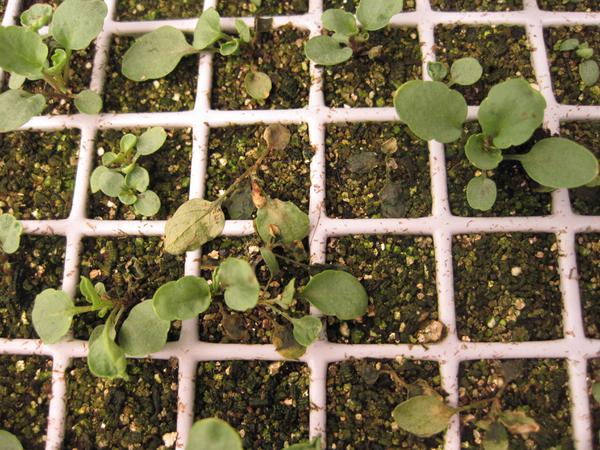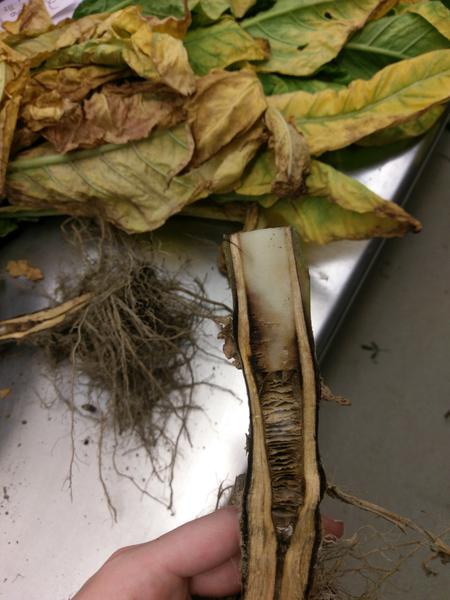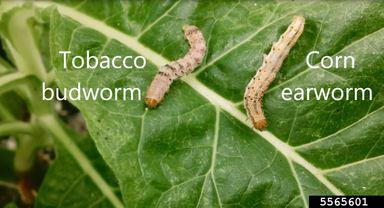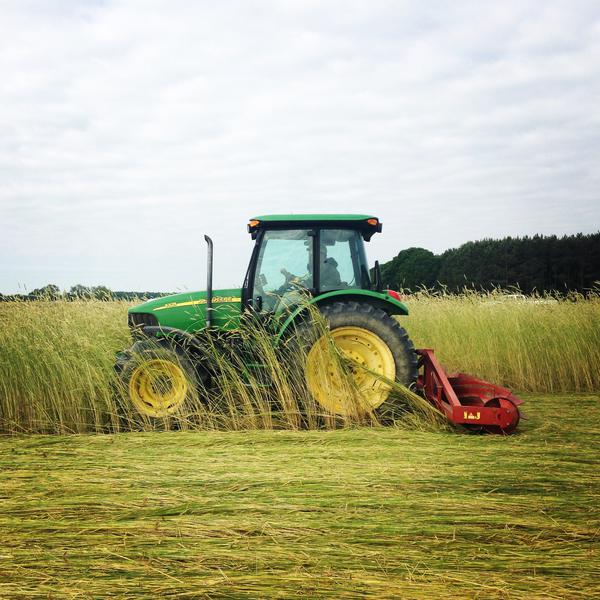
Head Scab and Grain DON - May 2013
Head Scab is being found throughout North Carolina. Growers need to scout their fields now to determine if DON …


El inglés es el idioma de control de esta página. En la medida en que haya algún conflicto entre la traducción al inglés y la traducción, el inglés prevalece.
Al hacer clic en el enlace de traducción se activa un servicio de traducción gratuito para convertir la página al español. Al igual que con cualquier traducción por Internet, la conversión no es sensible al contexto y puede que no traduzca el texto en su significado original. NC State Extension no garantiza la exactitud del texto traducido. Por favor, tenga en cuenta que algunas aplicaciones y/o servicios pueden no funcionar como se espera cuando se traducen.
Inglês é o idioma de controle desta página. Na medida que haja algum conflito entre o texto original em Inglês e a tradução, o Inglês prevalece.
Ao clicar no link de tradução, um serviço gratuito de tradução será ativado para converter a página para o Português. Como em qualquer tradução pela internet, a conversão não é sensivel ao contexto e pode não ocorrer a tradução para o significado orginal. O serviço de Extensão da Carolina do Norte (NC State Extension) não garante a exatidão do texto traduzido. Por favor, observe que algumas funções ou serviços podem não funcionar como esperado após a tradução.
English is the controlling language of this page. To the extent there is any conflict between the English text and the translation, English controls.
Clicking on the translation link activates a free translation service to convert the page to Spanish. As with any Internet translation, the conversion is not context-sensitive and may not translate the text to its original meaning. NC State Extension does not guarantee the accuracy of the translated text. Please note that some applications and/or services may not function as expected when translated.
Collapse ▲
Head Scab is being found throughout North Carolina. Growers need to scout their fields now to determine if DON …
Stripe rust has arrived in North Carolina. Growers should be watching for the development of stripe rust “hot-spots” in …
Many growers are reporting that their wheat is not greening up after topdressing. Causes for this can include cold …
Organic Soybean Official Variety Trials (OVT) were planted on organically managed land at research stations over the last three …
In September, the North Carolina Tobacco Trust Fund funded a project to research production of organic and conventional stevia in the …
Hessian fly have been reported in wheat fields across the state. New control recommendations are available. Herbicide resistant chickweed is …

Prepared by: D. Reisig and J. Bacheler North Carolina State University Extension Entomology A new, invasive, stink bug-like pest of …
Any growers that are currently certified organic, please be aware that the deadline for submitting your Organic Certification Cost …
Approximately 20,000 acres of conventional rapeseed and 150 acres of organic canola were planted in the fall of 2011. …
Wheat acreage is likely to be up again this coming season, and seed supply of our most popular varieties …
Leguminous cover crops such as crimson clover and Austrian winter pea provide significant quantities of plant residue material that …
by Molly Hamilton, Scotty Wells, and Chris Reberg-Horton This summer the Organic Grain Program at NC State University has many …
Legume Cover Crops and No-till Corn Thursday, July 12, from 4 to 6 p.m. at the Center for Environmental Farming Systems …
by Christina Cowger and Randy Weisz Head scab of small grains is caused by the fungus Fusarium graminearum, which also infects …
Farmers’ Wheat Meeting with Dr Stephen Scott Jones, Wheat Breeder and Professor at Washington State University. Dr Jones will speak …
Planting last fall began in early October and continued into December. Weather conditions have been unseasonably warm. This resulted …
Many acres of off color wheat are showing up around North Carolina. Causes of these symtoms include herbicide carry-over, …
by: George Place and Chris Reberg-Horton The Organic Official Variety Test (OVT) began in 2009 through grant funding from the …
by Margaret Worthington and Paul Murphy, NC State University There are currently no good options for Italian ryegrass control in …

by Chris Reberg-Horton and Carrie Brinton, NC State University Canola is a fairly new and promising crop to North Carolina. …

This factsheet offers information on damping off in flower and vegetable seedlings, a result of …
This publication has been prepared to acquaint growers, packers, and shippers with the most current …

Black shank is an economically important disease of tobacco that threatens production in North Carolina. …

This guide presents basic facts about seeds, including how they develop, how to store and …

This factsheet discusses the biology, damage, and management of the corn earworm and tobacco budworm …

This publication discusses the use of cereal rye as a cover crop in soybeans in …

This factsheet discusses the effect on soybean fields after a hurricane and how to proceed …
This publication describes the symptoms of a lightning strike in soybeans in North Carolina.